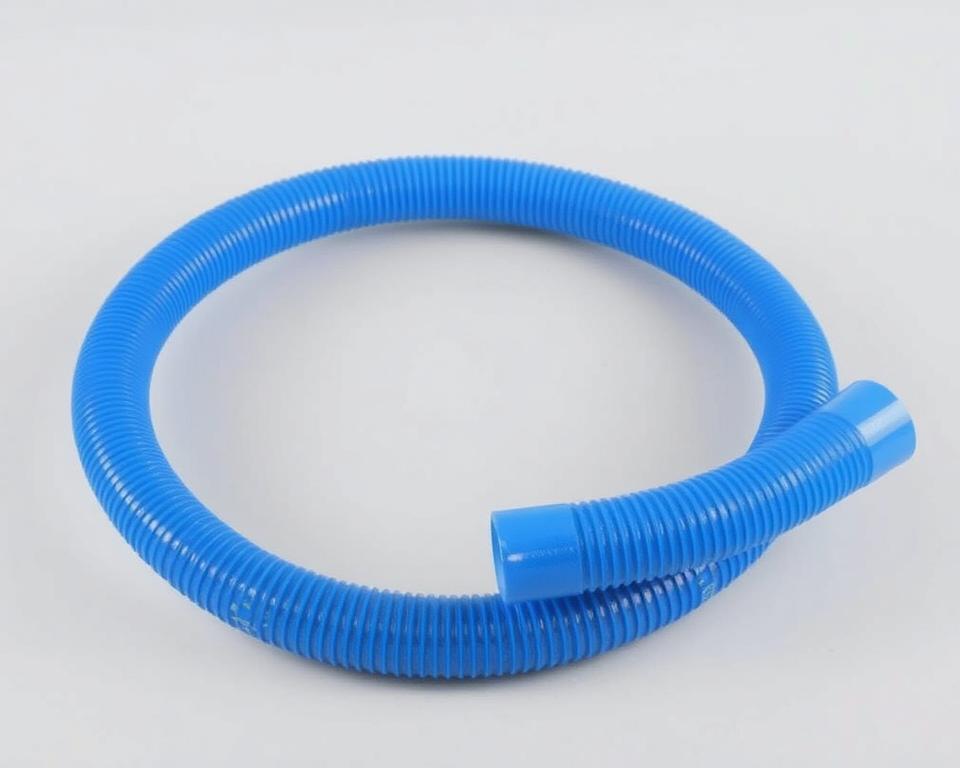Everything You Need to Know About PVC Air Compressor Piping
You might be surprised to learn that a failure in a compressed air system can unleash power on par with dynamite. Many facilities still use piping systems made from risky materials, unaware of the dangers. Here’s why you must prioritize safety over cost when selecting PVC pipe for air compressor lines.
Even as interest rises, OSHA bans these materials for above-ground compressed air. Over time, exposure to oils and temperature changes weakens them, leading to catastrophic failures. Safe-rated pressures can still result in deadly bursts.
Turn to Installation Parts Supply for sturdy aluminum systems. Using approved materials saves you from fines and enhances safety. Here’s how to assemble a risk-free system.

Vital Takeaways
- Explosion danger leads OSHA to outlaw some pipe materials.
- Temperature changes can halve pressure ratings.
- Brittleness worsens over time, increasing failure risks.
- Switching to aluminum vastly improves safety.
- Proper investment prevents costly fines and accidents.
Why PVC Pipe Is Dangerous for Compressed Air Systems
PVC makers caution never to employ it in high-pressure air setups. Compressed air carries destructive energy; a burst is like a dynamite blast. Material selection is the linchpin of air-system safety.
- Brittleness: Below-freezing conditions render PVC dangerously brittle.
- Adhesive failures: Temperature changes and oils cause adhesive joints to fail.
- Misleading ratings: Most shops run above 110°F, slashing rated pressure in two.
OSHA cites a $110,000 fine after a facility’s piping shattered, injuring workers. Compression heating lowers allowable pressure even more—often ignored.
“Above-ground use of certain plastics for compressed air violates OSHA standards due to explosion risks.”
Steel and aluminum curve under stress instead of shattering. Fragments from PVC blasts can hurl past 50 feet, embedding dangerously.
Workshops face daily temperature fluctuations that accelerate material degradation. Over 10 years, UV exposure and chemical interactions further compromise integrity, turning minor leaks into major hazards.
Best Materials Instead of PVC for Air Lines
Aluminum piping systems outperform traditional options in both safety and efficiency. With 90% fewer leaks than black pipe, they’re a top choice for modern facilities. Their lightweight design and corrosion resistance make them ideal for long-term use.
Modular aluminum setups save time—no threading required. Installation Parts Supply offers pre-assembled sections that snap together. A car plant saw a 40% drop in labor expenses after aluminum installation.
- Copper: Ideal in sterile environments for its germ-killing copper surface. Requires soldering expertise.
- Stainless Steel: In seaside shops, stainless steel won’t corrode.
- ABS/HDPE: Chemical-resistant for labs and factories handling solvents.
“Our aluminum retrofit reduced energy waste by 15%—paying for itself in 18 months.”
Don’t ignore torque specs. Cracks from overtightening and leaks from under-tightening are common. Aluminum fittings generally torque to 25–30 ft-lbs—follow the guide.
Use NSF-certified materials when air quality is critical. Pick piping suited to your facility’s conditions.
How to Choose the Right Piping Material for Your Needs
Consider cost, compliance, and efficiency in your pipe decision. A Midwest factory saved $12,000 annually by switching to leak-resistant aluminum. Use this guide to select the optimal material.
| Material | Cost (per ft) | Maintenance | ROI Time |
|---|---|---|---|
| Aluminum | $8.50 | Low | 18 months |
| Black Pipe | $5.00 | High | N/A |
| Copper | $10.20 | Medium | 24 months |
Don’t ignore thermal limits. Aluminum handles -40°F to 200°F, while plastics crack below freezing. Use stainless steel where solvents are present.
Pro Tip: Compute ROI based on compressed-air leakage. A 10% air leak in 50 HP equals about $3,500 annually.
- Don’t undersize—pick pipe rated at or above your compressor’s PSI.
- Keep records of inspections and tests to satisfy OSHA.
- Request a free system audit from Installation Parts Supply.
“Our aluminum retrofit cut energy waste by 15%—paying for itself in 18 months.”
Hire pros for big installs to guarantee airtight connections. Always verify warranty terms—some materials cover 10+ years.
Final Thoughts
Choosing the right materials for your compressed air setup isn’t just about cost—it’s about safety. Ninety-two percent of pipe failures occur in aging lines, frequently causing injuries. Pick aluminum for near-perfect reliability.
Remember:
- Avoid brittle materials that shatter under pressure.
- Metallic lines beat plastics on both safety and durability.
- Failing to comply can cost you big in fines and claims.
Time to make the switch? Get instant quotes and special offers from Installation Parts Supply. Download our free maintenance template or call for emergency replacements.
Invest in secure lines now to protect your crew.
